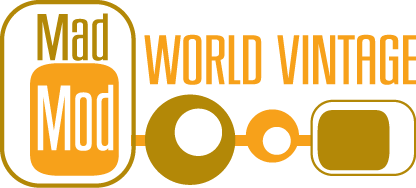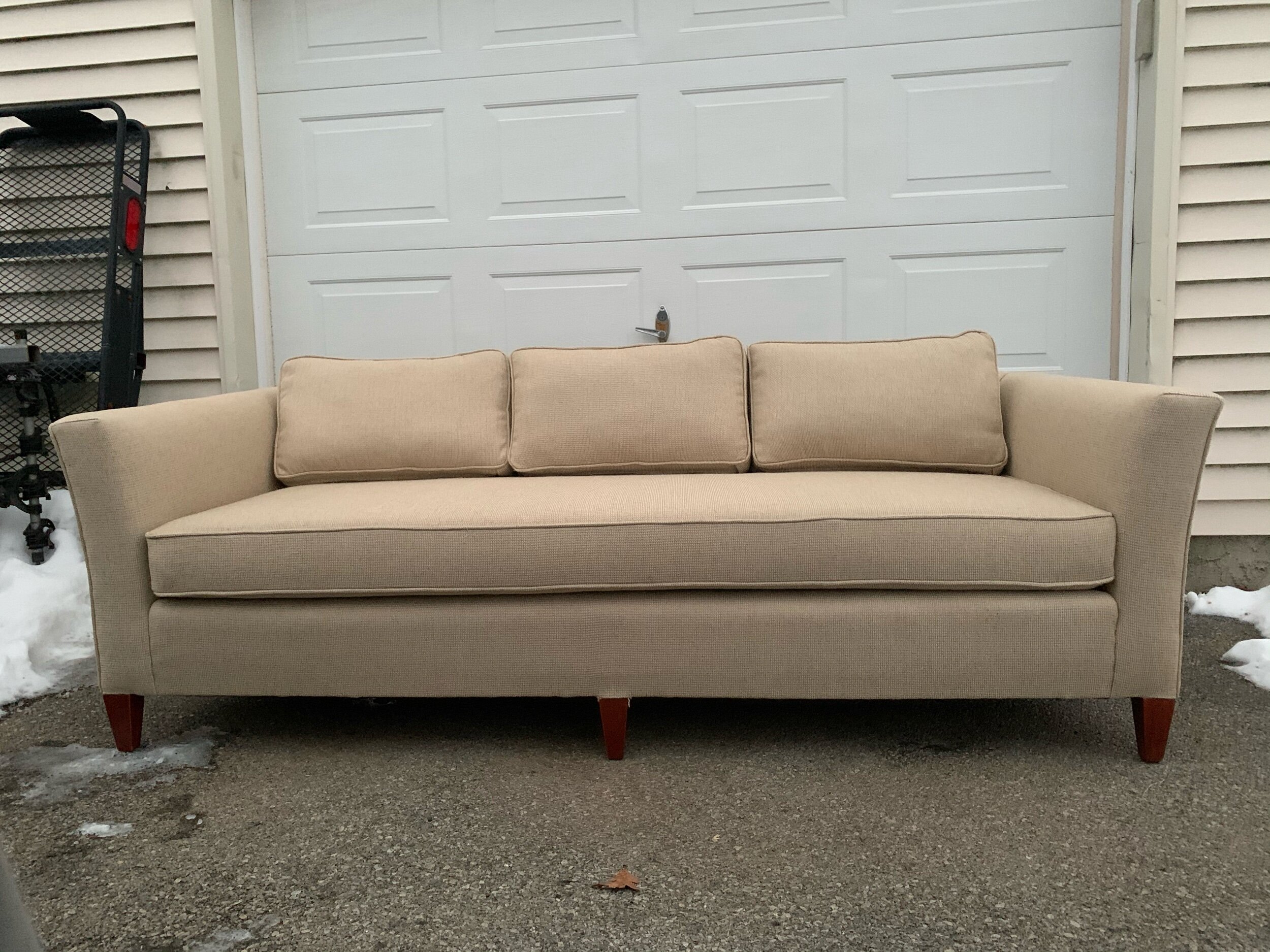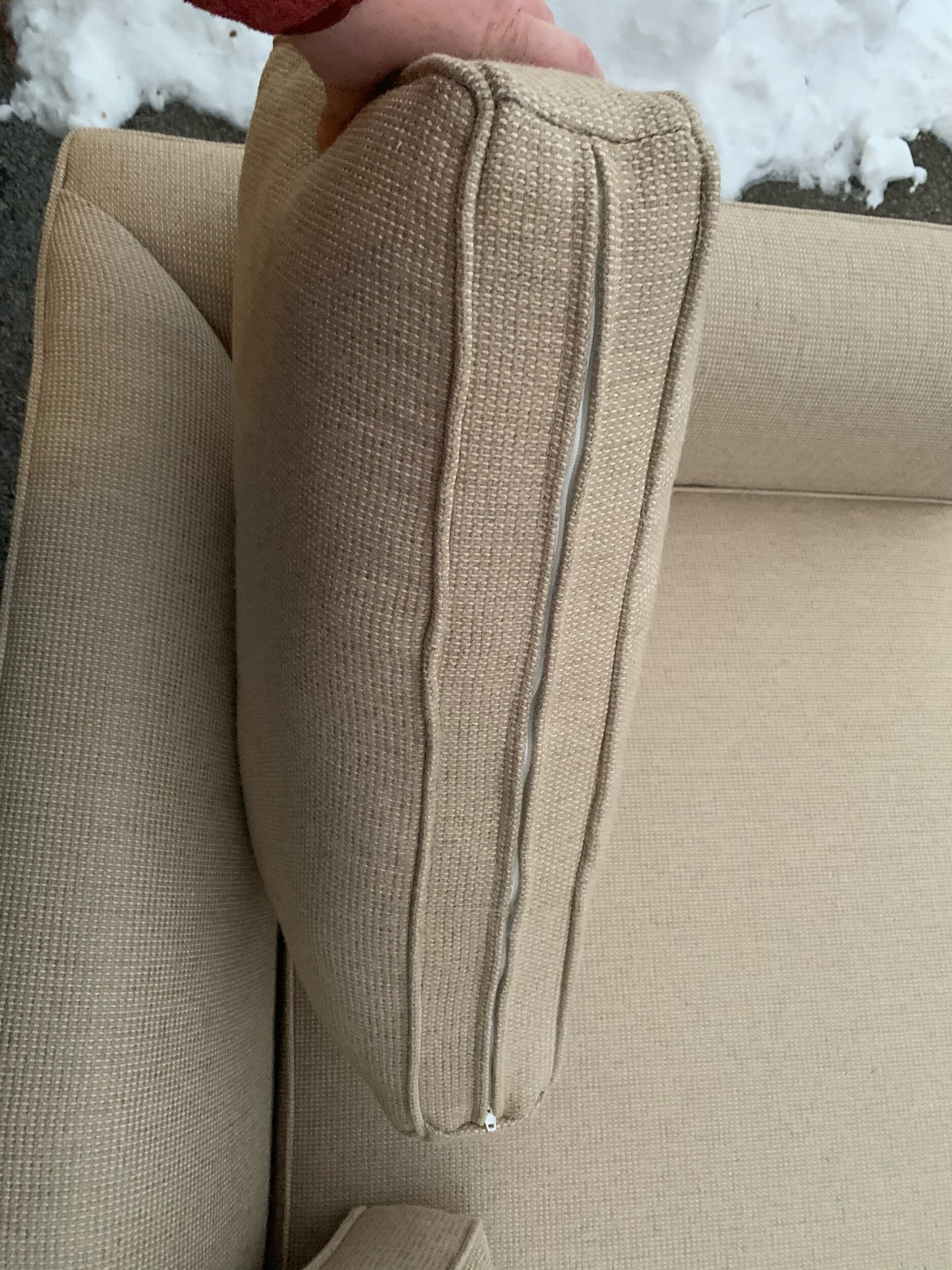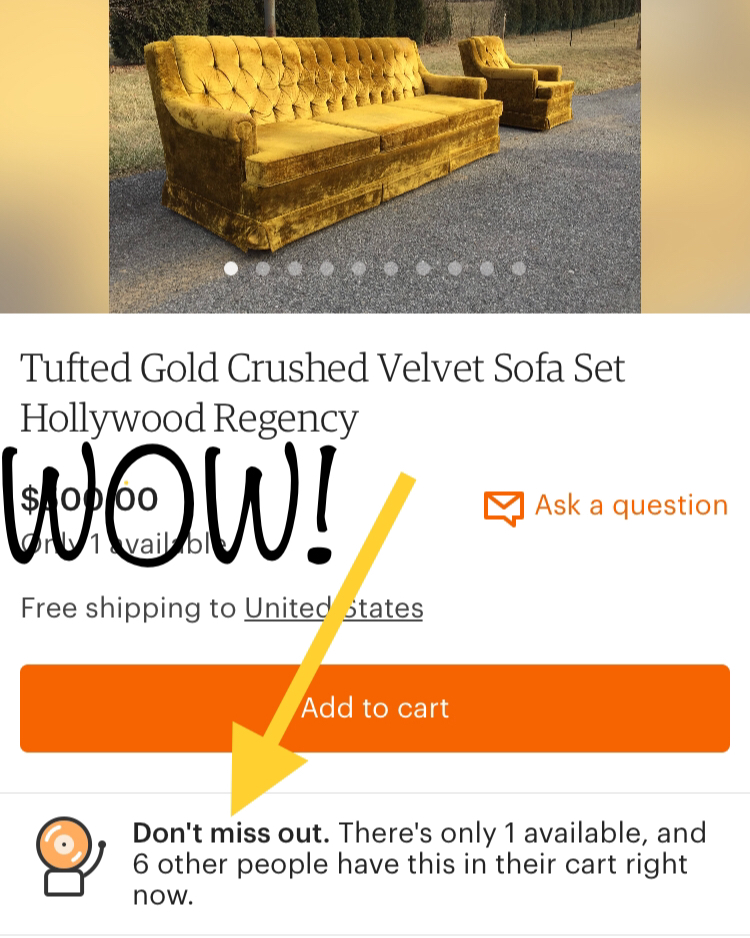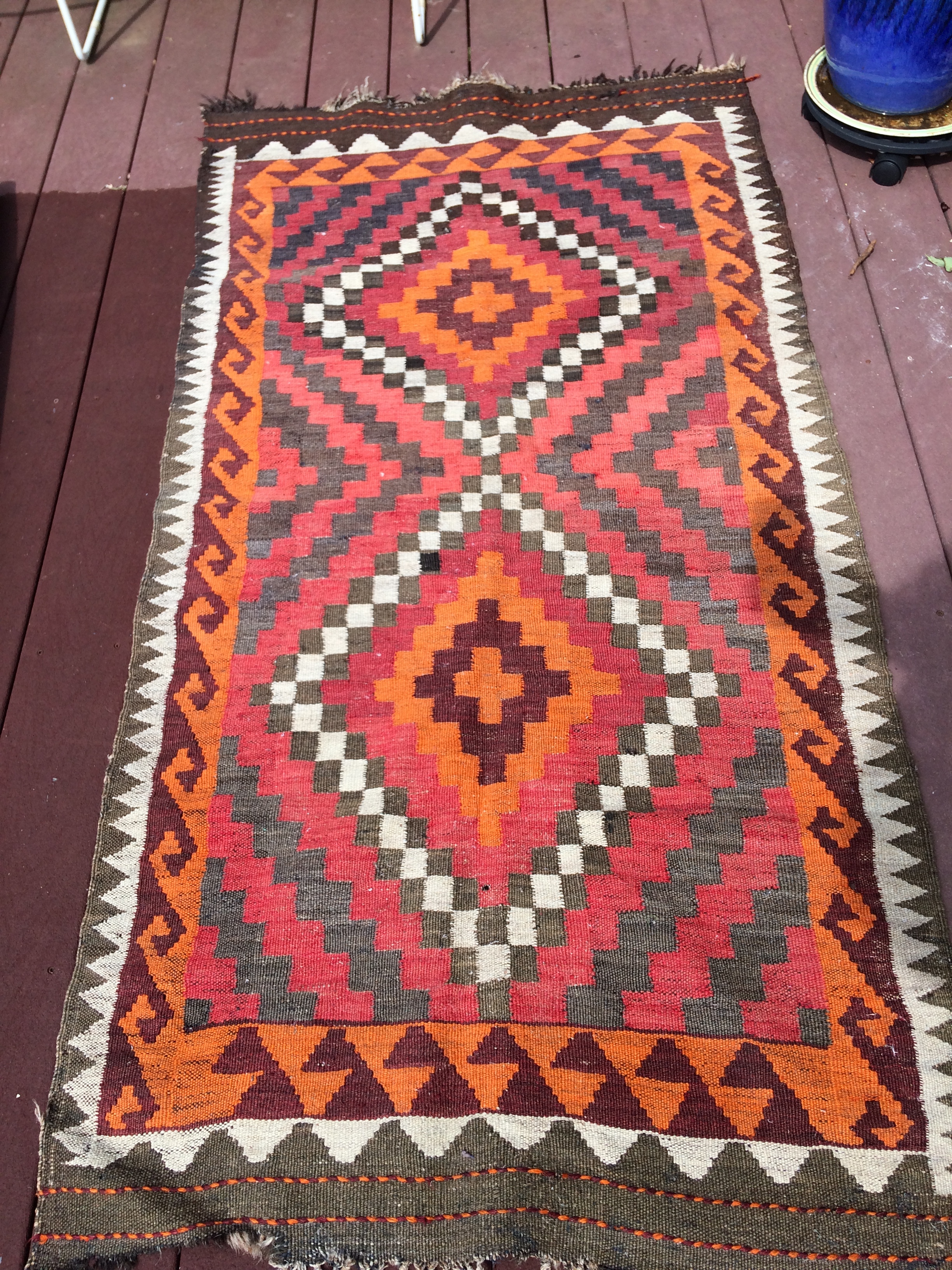I have been researching my finds. Rugs is one thing I have interest in but is new territory for me so each purchase is really a means to learning more. I know enough about textiles growing up with a mother who sews, quilts and does alterations. This knowledge is super helpful when seeking vintage textiles. It really honed my ability to quickly identify quality workmanship and materials. I have a special love of wools and natural fibers so rugs just seem like another place I wanted to be. I have been doing some auctions online without seeing the goods in person. It can be risky. Always assume the dealer is not an expert and has not disclosed everything! If you keep that in mind and have the know how, resources and determination, you can usually repair most of them. The little mat above has many issues but in the cases of antique rugs, they are best kept with their flaws and wear intact, it is personal preference to the user, but patina on a rug is not a bad thing at all. Finding a 60+ year old piece with no issues will not happen often. I delve into researching. This rug is definitely a hand knotted rug. I find some sources online telling me how to spot machine made rugs like Karastan over hand woven and study up. Then I think the size may lend to being a prayer mat. I research religions and although I thought some Jewish sects used prayer mats, my research showed Muslims are the only religion which would consistently use one. The wear on this one, to me, could be from kneeling. Having dealt with an estate in the past that I knew the man had lived in Israel for some years and was a rug collector.....I mean he had rugs on top of rugs and although I only took one textile home, i did take an acid etched piece home that was from an Iranian artist, Bijan. So right away, I am thinking Iran. They are known for rugs. My searching showed me that most Muslim prayer mats have a definite top and bottom in the design. Many are similar to the shape of a Mosque, like a key hole. This rug depicted flowers and not other typical patterns that were on prayer mats. Not that is was not one, but I found no florals without a center medallion like most of the oriental rugs depict. Iranian rugs were the closest to what I had but to date it, or even confirm that is just pretty hard for a novice. Rugs from the region in which Iran is located typically are referred to as Persian so I knew that is what I had but I also knew there was more to the story. Turns out that I have a colleague who is a rug specialist and without me asking, he told me I had a Sarouk rug (which is a region in IRAN!) and he dated it to the 1930's. It is a real treasure! The quality of rugs in this sale was good. I could tell by viewing the lots that these were fabulous antiques. It is always nice to get validation that my hunch was correct! This beauty is listed and ready to ship. I would definitely keep her in a low traffic area to prevent further age related issues. I will discuss care in a bit.
Next win was a slightly larger Turkish flat weave kilim rug. These rugs have no pile like a knotted rug. They are more similar to the style of weaving you learn as a kid in art class, but a lot more intricate. This rug is also wool. Unlike the thicker knotted rugs, these are very pliable. I have a few throw pillows that were made from cut up rugs and they are so fabulous, the never got listed. This look is very boho, tribal and honestly looks great in all decor. It is classic and sophisticated. Investing in an old rug is very much like investing in quality original art. They can hang on walls, used as room accents interspersed with furnishings and repurposed into pillows, not that I ever recommend cutting up a rug. Sometimes the damage involved may warrant it. This rug does have some holes but it generally is in pretty good shape. I cannot determine age but I would guess that it came from the same home as the others which could be 30s-50s era. Shabby rugs are trending right now too!
